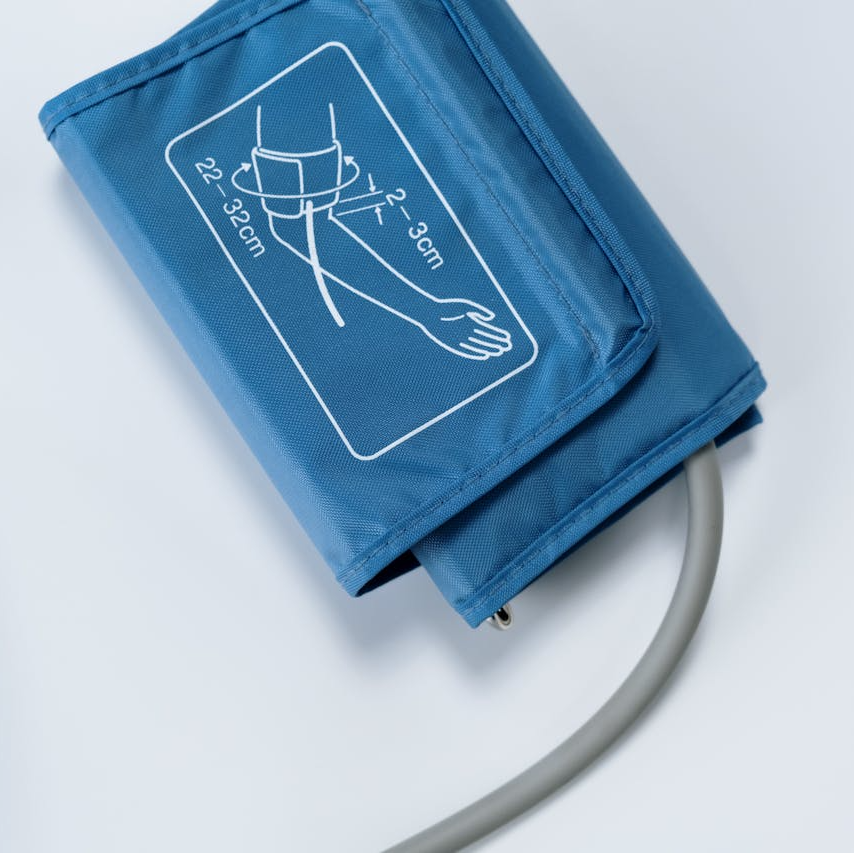Key Takeaways
- Understanding Medicare eligibility is crucial for planning your healthcare needs in retirement.
- Knowing timelines, enrollment periods, and special exceptions can save you from costly mistakes.
Medicare Eligibility Basics: Are You Ready?
If you’re planning for retirement, understanding Medicare eligibility is a must. It might seem like a maze of rules and dates, but it’s simpler than you think when broken down. You’ve worked hard to get here, so let’s make sure you know exactly when and how you can tap into the healthcare benefits you’ve earned.
When Does Medicare Eligibility Begin?
Most people qualify for Medicare at age 65. Your Initial Enrollment Period (IEP) kicks off three months before your 65th birthday, includes the month of your birthday, and extends three months after, giving you a total of seven months to enroll. Missing this window could result in penalties, so mark your calendar!
But age isn’t the only way to qualify. You might become eligible earlier if you’ve been receiving Social Security Disability Insurance (SSDI) for 24 months or have certain conditions like End-Stage Renal Disease (ESRD) or Amyotrophic Lateral Sclerosis (ALS).
Do You Automatically Get Enrolled?
This depends on your circumstances. If you’re already receiving Social Security or Railroad Retirement benefits when you turn 65, you’ll typically be enrolled in Medicare Parts A and B automatically. Otherwise, you’ll need to actively sign up.
It’s worth noting that if you’re still working and covered by employer health insurance, you might choose to delay Part B to avoid paying its premium until you retire. However, you’ll need to inform Medicare to avoid late enrollment penalties down the road.
What Are the Parts of Medicare, and How Do They Relate to Eligibility?
Medicare isn’t just one big program—it’s split into parts that work together to cover your healthcare needs. Here’s a quick breakdown of the major components and their eligibility criteria:
Part A: Hospital Insurance
You’re generally eligible for Part A at no additional cost if you’ve worked and paid Medicare taxes for at least 10 years (40 quarters). If you haven’t, you can still get Part A, but you’ll pay a monthly premium.
Part B: Medical Insurance
Part B is optional, covering outpatient care, doctor visits, and preventive services. You’ll pay a monthly premium for Part B, which increases the longer you delay enrollment without qualifying for a Special Enrollment Period (SEP).
Part C: Medicare Advantage
Part C combines Parts A and B through private insurers. While eligibility requirements are the same as Original Medicare, you’ll need to be enrolled in both Parts A and B to join a Medicare Advantage plan.
Part D: Prescription Drug Coverage
Anyone eligible for Medicare is also eligible for Part D. You’ll need to enroll separately unless your plan already includes drug coverage.
Special Enrollment Periods: Your Safety Net
Life doesn’t always follow a perfect schedule, and Medicare understands that. Special Enrollment Periods (SEPs) allow you to sign up outside of standard windows without penalties.
You may qualify for an SEP if:
- You’re covered by an employer health plan and lose that coverage.
- You move out of your current plan’s service area.
- You qualify for assistance programs like Medicaid.
Keep in mind that SEPs have strict timeframes, usually lasting 60 days after your qualifying event.
What Happens if You Miss Your Enrollment Period?
Missing your IEP or SEP can lead to costly penalties. Here’s what you need to know:
- Part A Penalty: If you need to pay for Part A and delay enrolling, your monthly premium could increase by 10% for twice the number of years you waited.
- Part B Penalty: You’ll pay an additional 10% for every 12-month period you delay enrolling in Part B when you’re eligible.
- Part D Penalty: Skipping drug coverage can result in a penalty that adds up for each month you go without coverage after your initial eligibility.
The General Enrollment Period (GEP), from January 1 to March 31 annually, is your backup plan, but coverage won’t begin until July 1, and penalties may still apply.
How Does Medicare Work with Other Insurance?
If you’re still working at 65 and have employer-sponsored insurance, Medicare can coordinate with your existing plan.
- Employer Plans with 20+ Employees: Your employer coverage remains primary, and Medicare acts as secondary insurance.
- Employer Plans with Fewer than 20 Employees: Medicare becomes primary, so you’ll need to enroll in Parts A and B to avoid gaps in coverage.
For retirees, some choose to pair Medicare with retiree health plans, Medigap policies, or other supplemental insurance to reduce out-of-pocket costs.
Can You Delay Enrollment Without Penalties?
Yes, but only under specific conditions. If you have “creditable coverage” through your job or your spouse’s employer, you can delay Medicare Parts B and D without penalties.
However, once that coverage ends, you’ll need to act quickly. You have an eight-month Special Enrollment Period to sign up for Part B without penalties, and 63 days for Part D.
How Do Income and Residency Affect Medicare Eligibility?
Your eligibility isn’t just about age or work history. Income and residency also play a role:
- Income: While your earnings don’t affect basic eligibility, they can determine how much you pay for Parts B and D premiums through Income-Related Monthly Adjustment Amounts (IRMAA).
- Residency: Medicare is only available to U.S. citizens or legal residents who have lived in the U.S. for at least five consecutive years.
Making the Most of Your Medicare Benefits
Once you’re eligible and enrolled, understanding how to use your benefits is the next step. Original Medicare covers most of your essential services, but it doesn’t include everything. Adding supplemental coverage like Medigap or exploring Medicare Advantage plans can fill those gaps.
Don’t forget preventive care! Medicare offers free annual wellness visits and screenings for conditions like diabetes, cancer, and heart disease. Staying on top of your health keeps your costs lower and helps you enjoy retirement to the fullest.
Navigating Medicare Enrollment Like a Pro
With all the rules and timelines, Medicare enrollment can feel overwhelming. Here are some tips to simplify the process:
- Start Early: Begin researching your options six months before you turn 65.
- Set Reminders: Use digital or physical reminders to track your IEP or SEP deadlines.
- Seek Help: Medicare representatives and local SHIP counselors can clarify any confusion.
Remember, preparation is your best tool for avoiding penalties and ensuring your healthcare needs are met.
Retire Confidently with a Medicare Plan That Works
Understanding Medicare eligibility is a big step toward secure retirement planning. By knowing your enrollment options, avoiding penalties, and coordinating with other insurance, you’ll be well-equipped to enjoy this new chapter in life with fewer worries.









